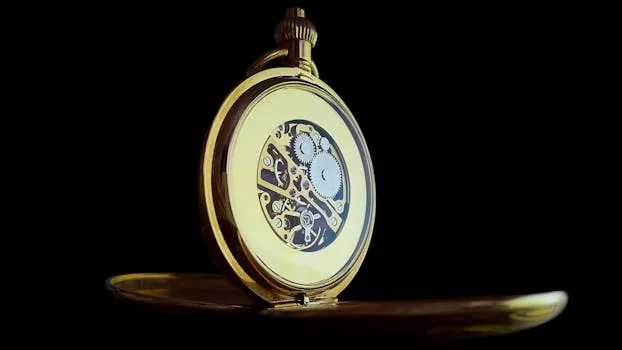“
Futuristic Features: What to Expect from Wearable Tech Innovations in 2025
Futuristic Features: What to Expect from Wearable Tech Innovations in 2025
Futuristic Features: What to Expect from Wearable Tech Innovations in 2025 is an exciting topic that has been gaining attention in recent years. Wearable technology has come a long way since its inception, and it’s expected to continue growing in the coming years. With the rise of smartwatches, fitness trackers, and augmented reality glasses, the wearable tech industry is expected to reach new heights in 2025. For more insights, check out The Future is Now: Key Wearable Tech Innovations to Look Out for in 2025.
Section 1: Introduction to Wearable Tech
Wearable technology refers to electronic devices that can be worn on the body, either as an accessory or as a part of the clothing. These devices are designed to track various aspects of a person’s life, such as fitness, health, and productivity. Wearable tech has become increasingly popular in recent years, with many people using smartwatches, fitness trackers, and other devices to monitor their daily activities.
The wearable tech industry has experienced significant growth in recent years, with the global market expected to reach $51.6 billion by 2025. This growth can be attributed to the increasing demand for wearable devices, particularly smartwatches and fitness trackers. The rise of wellness and self-care has also contributed to the growth of the wearable tech industry, as people become more interested in monitoring their physical and mental health. For a deeper dive into the health aspect, read Wearable Tech in 2025: Bridging the Gap Between Health and Technology.
Section 2: Advancements in Wearable Tech
One of the most significant advancements in wearable tech is the development of augmented reality (AR) glasses. AR glasses are wearable devices that display digital information in the real world, using a combination of cameras, sensors, and display technology. These glasses have the potential to revolutionize the way we interact with information, making it possible to access digital data in a more seamless and intuitive way.
Another area of advancement in wearable tech is the development of smart fabrics. Smart fabrics are textiles that have been embedded with electronic components, such as sensors, conductive threads, and microcontrollers. These fabrics can be used to create wearable devices that are more comfortable, flexible, and durable than traditional wearable devices. To learn more about smart fabrics, check out From Smart Fabrics to Health Monitors: The Wearable Tech Revolution of 2025.
Section 3: Future of Wearable Tech
The future of wearable tech is exciting and full of possibilities. With the rise of 5G networks and the Internet of Things (IoT), wearable devices are expected to become even more connected and integrated into our daily lives. We can expect to see more wearable devices that are designed to track specific aspects of our health and wellness, such as blood glucose levels, blood pressure, and mental health.
The use of artificial intelligence (AI) and machine learning (ML) in wearable tech is also expected to increase in the coming years. AI and ML can be used to analyze data from wearable devices, providing insights and recommendations that can help us improve our health and wellness. We can also expect to see more wearable devices that are designed to provide personalized coaching and feedback, using AI and ML to analyze our behavior and provide tailored advice.
Section 4: Challenges and Limitations
Despite the many advancements in wearable tech, there are still several challenges and limitations that need to be addressed. One of the biggest challenges is the issue of battery life, as many wearable devices require frequent charging. There is also the issue of data privacy and security, as wearable devices can collect sensitive information about our health and behavior.
Another challenge is the issue of cost, as many wearable devices are still relatively expensive. There is also the issue of accessibility, as some wearable devices may not be suitable for people with certain disabilities or health conditions. These challenges and limitations need to be addressed in order for wearable tech to reach its full potential.
Section 5: Conclusion
In conclusion, the future of wearable tech is exciting and full of possibilities. With the rise of AR glasses, smart fabrics, and AI-powered wearable devices, we can expect to see more innovative and connected wearable devices in the coming years. However, there are still several challenges and limitations that need to be addressed, such as battery life, data privacy and security, cost, and accessibility.
As we look to the future, it’s clear that wearable tech will play an increasingly important role in our lives. Whether it’s tracking our fitness and health, providing personalized coaching and feedback, or simply making our lives more convenient and connected, wearable tech has the potential to revolutionize the way we live, work, and interact with each other.




1 thought on “Futuristic Features: What to Expect from Wearable Tech Innovations in 2025”
Comments are closed.